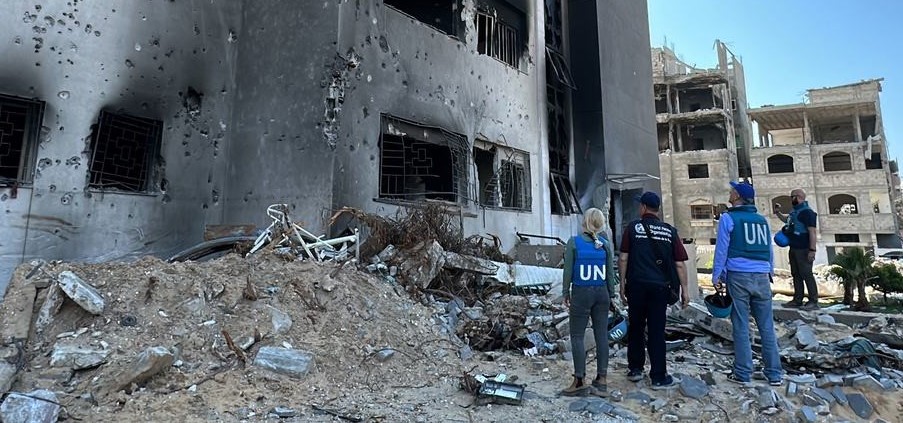As the world’s largest economy, the U.S. has been an essential financial contributor to the UN since the organization’s founding.
Funding from Member States comes from two broad sources: assessed and voluntary contributions.
Assessed contributions are legally binding. Every Member State pays an agreed share of the UN’s core budgets – the regular budget, which keeps the Secretariat and diplomatic machinery running; the peacekeeping budget, which funds operations around the world; and smaller lines for international tribunals and the UN’s capital master plan in New York.
The regular budget, about $3.7 billion for 2025, is the UN’s backbone. It covers diplomacy, political missions and the staff that keep global cooperation on track. Each country’s share is calculated by a formula based on its national income, adjusted for debt and population. The U.S., the world’s biggest economy, pays the largest share – 22 percent – an obligation under the UN Charter that guarantees its seat and vote in the General Assembly.
The peacekeeping budget adds another $5.4 billion. This budget works a little differently. Still assessed, wealthier countries like the U.S. often contribute financially rather than sending troops (in fact, the U.S. has just a few dozen peacekeepers deployed, largely serving in consultative roles), while other nations contribute troops in lieu of cash and are subsequently reimbursed. The U.S. technically owes 26 percent of the peacekeeping bill. A Congressional law, however, caps U.S. payments at 25 percent, creating automatic shortfalls every year. Over time, those unpaid balances have ballooned to $1.5 billion in arrears, the largest of any country.
Voluntary contributions – around $33 billion across the system – are the lifeblood of humanitarian and development agencies, funding organizations like UNICEF, WHO and the World Food Programme. These funds are crucial but optional, often earmarked for specific programs or emergencies appeals. They feed children, deliver vaccines and respond to disasters.
Curious how assessments are calculated? Read more.



